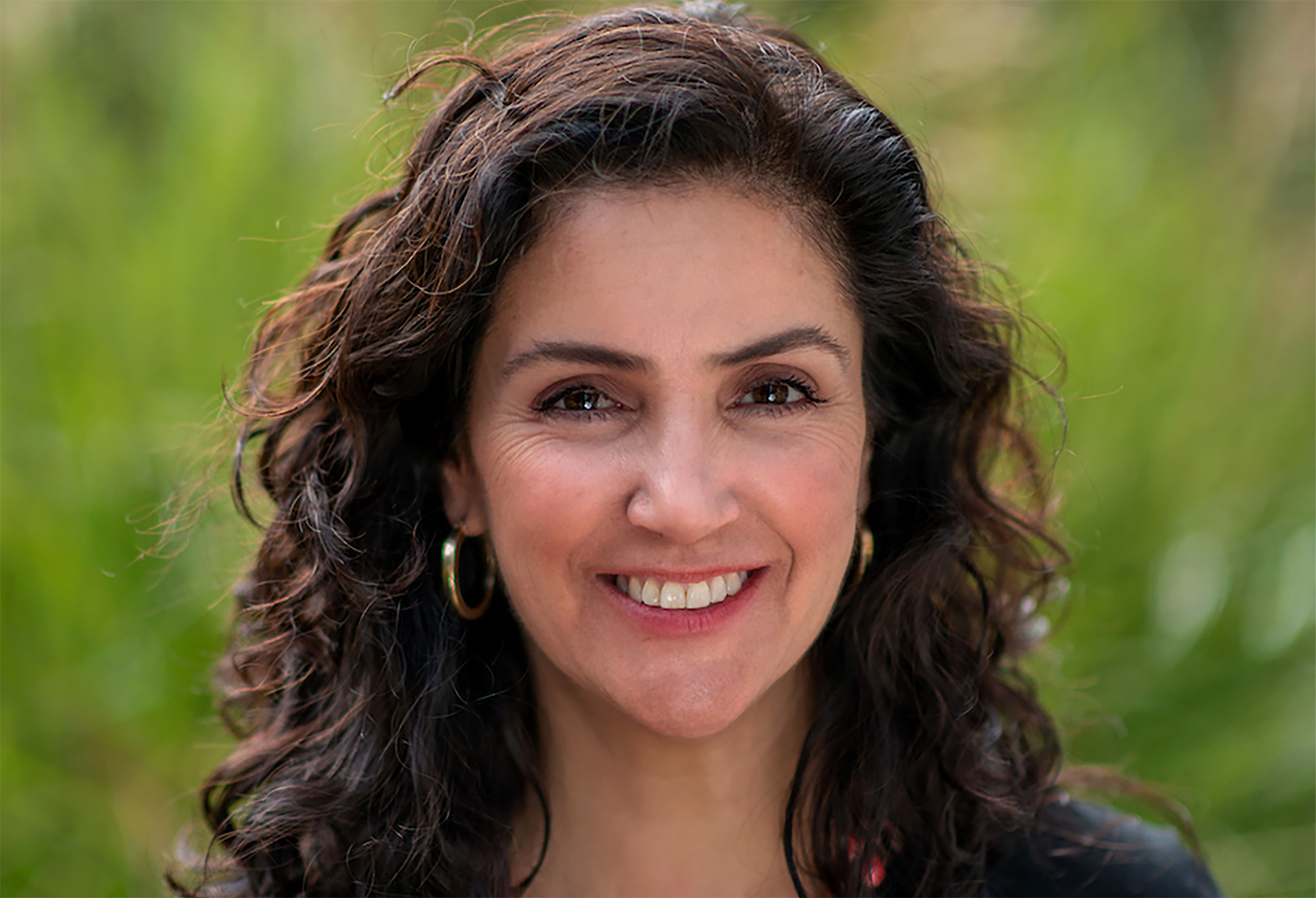Sara Lomelin offered the final TED Talk of this year’s conference of expert speakers last month, on a particularly star-studded day in Vancouver, Canada, where she followed actress Bryce Dallas Howard, TV producer Michael Schur and Tesla CEO Elon Musk, who discussed the future of his company and his plans for Twitter.
Lomelin, the CEO of Philanthropy Together, a nonprofit that seeks to use grassroots giving to diversify donations, laughs when asked to compare the audience responses to their presentations.
“I was a lot lighter than he was,” said Lomelin, who focused her talk on the power of giving circles, after Musk’s discourse on the power of artificial intelligence. “I basically felt like I was on Cloud Nine. It was an incredible, incredible experience.”
Lomelin wants the concept of a giving circle — in which people pool their time and money and collectively decide where to donate it — to become as well-known and as mainstream as crowdfunding. She hopes to accomplish that through high-profile appearances like her TED Talk; a database of existing giving circles that people can join or recreate in their own communities; and events like the We Give Summit, a four-day virtual gathering of giving circle participants and philanthropy that begins Wednesday.
The Associated Press spoke recently with Lomelin about Philanthropy Together’s billion-dollar plans for expansion and why many people are themselves philanthropists without even knowing it. The interview was edited for clarity and length.
____
Q. Why did you want your TED talk to about giving circles?
A. That is not only my work passion but my life passion. I’m a true believer of in giving circles and the power that can build communities. It’s basically the future of philanthropy. It’s changing the narrative of who gets to be called a philanthropist.
Q. That title does not have to be reserved only for Elon Musk?
A. That’s exactly the message. You don’t have to be a millionaire. You don’t have to be in your 60s to be called a philanthropist. That’s the main part. But also, the moment we shift who is in charge of philanthropy, we shift what gets funded.
Q. Would you like that to replace the current model of philanthropy where billionaires seem to dictate things?
A. I wouldn’t say “replace,” I think the challenges that the world faces are huge. We need everyone. So this is not about replacing big philanthropy. It’s about involving more voices and involving more people taking action to support their communities. With giving circles, we’re moving a lot of people, but we’re not moving the billions and billions of dollars that some can move by themselves. So, by all means, they need to keep doing it. But I think there are many lessons from giving circles that big philanthropy could learn.
Q. Such as?
A. How do you create community? How do you take away a lot of those obstacles to giving? How do you engage further and support the cost to set up an organization that you believe in?
Q. Philanthropy Together is building this massive database of thousands of giving circles. What is the next step?
A. We have very bold goals. Our mission is to democratize and diversify philanthropy. What we want is to expand this movement to about 3,000 giving circles that will include 350,000 individuals by 2025.
Q. And that will translate to how much in new donations?
A. In the past two decades, giving circles have given out $1.3 billion. With the organic growth of the movement, plus our efforts, we want to mobilize a billion dollars within five years.
Q. Will giving circles make philanthropy more equitable?
A. I believe so. We all know these numbers, right? About 8% of philanthropic funding dollars go to communities of color, and about 1.9% goes to women and girls. People start giving circles because they see an injustice, and they want to take action. People power philanthropy. Because a lot of these are identity-based giving circles, they are giving to nonprofits led by their identity. Black giving circles are giving to Black-led nonprofits. Latino circles are giving to Latino-led nonprofits. LGBTQ giving circles are giving to LGBTQ-led nonprofits. So you start seeing funding for incredible organizations that are many times overlooked because they are small.
Q. Why do giving circles gravitate toward smaller organizations? Is it the ability to see the impact of a donation?
A. It’s a great experience for the giving circle members. I remember when I was at Latino Community Foundation saying to people: “We’re here as donors to learn. We’re given this opportunity to be part of the mission of these amazing organizations, so we’re going to listen to them with an open heart and an open mind. We’re going to learn about them and learn from them.”
____
Associated Press coverage of philanthropy and non-profits receives support through the AP’s collaboration with The Conversation US, with funding from Lilly Endowment Inc. The AP is solely responsible for this content. For all of AP’s philanthropy coverage, visit https://apnews.com/hub/philanthropy.

